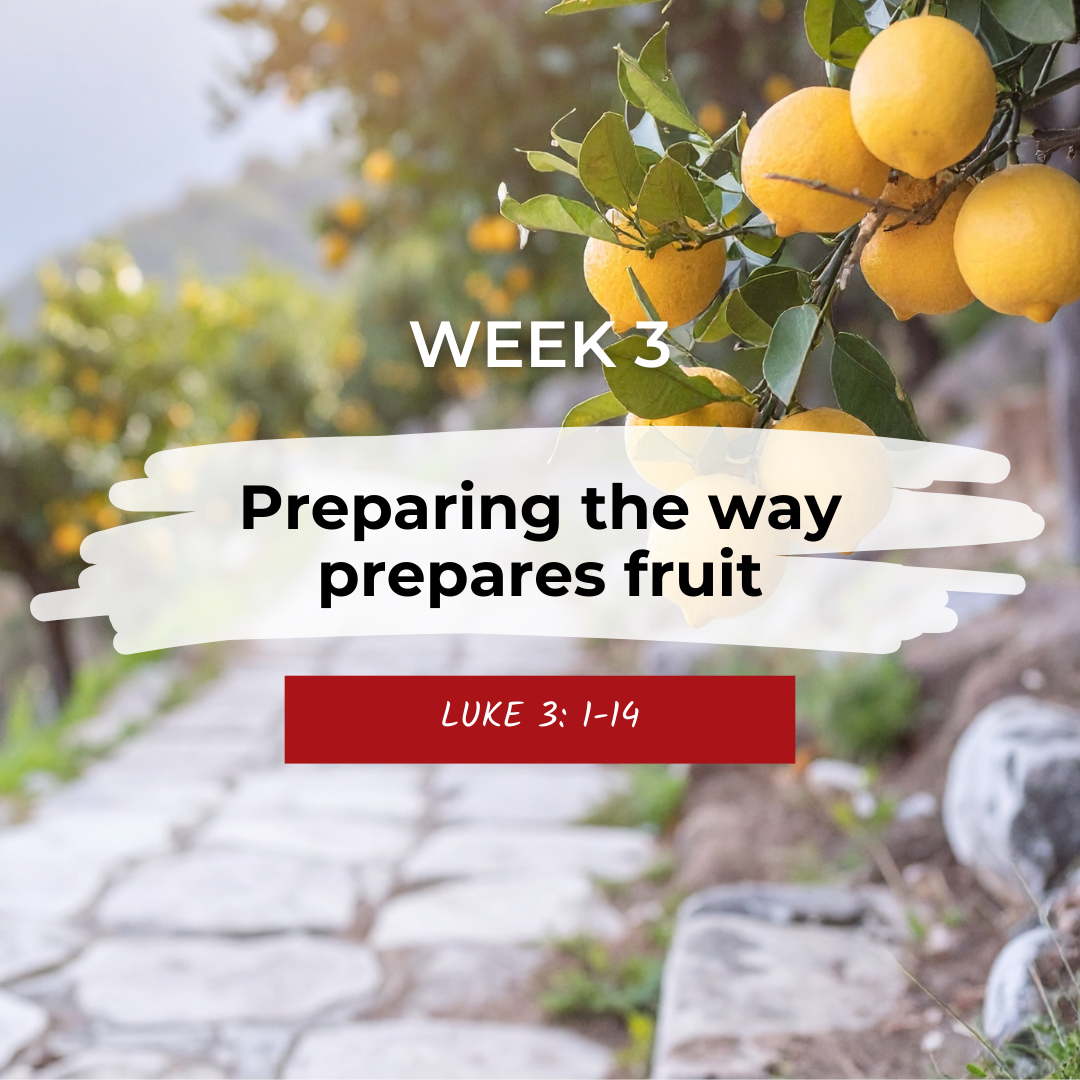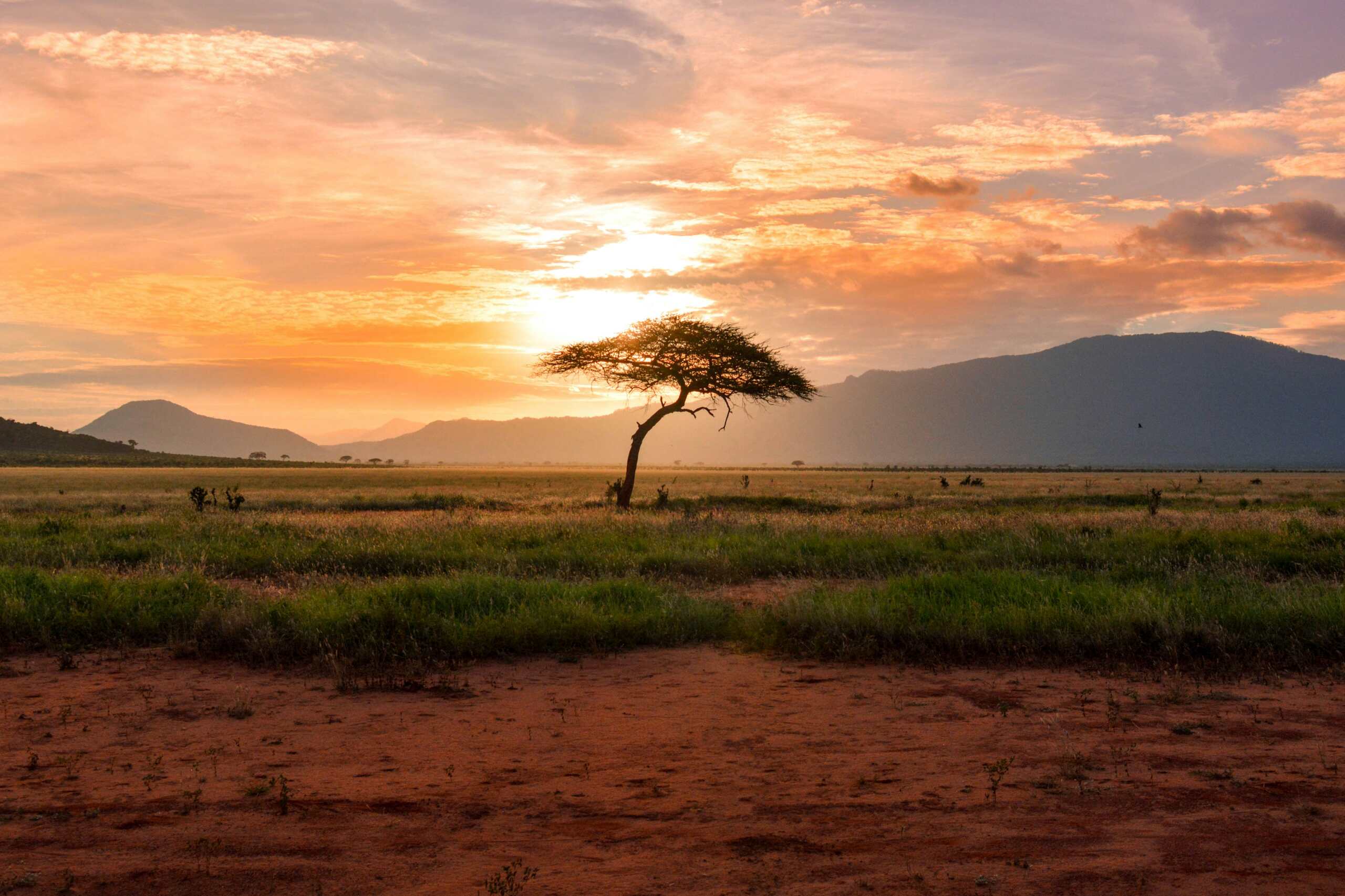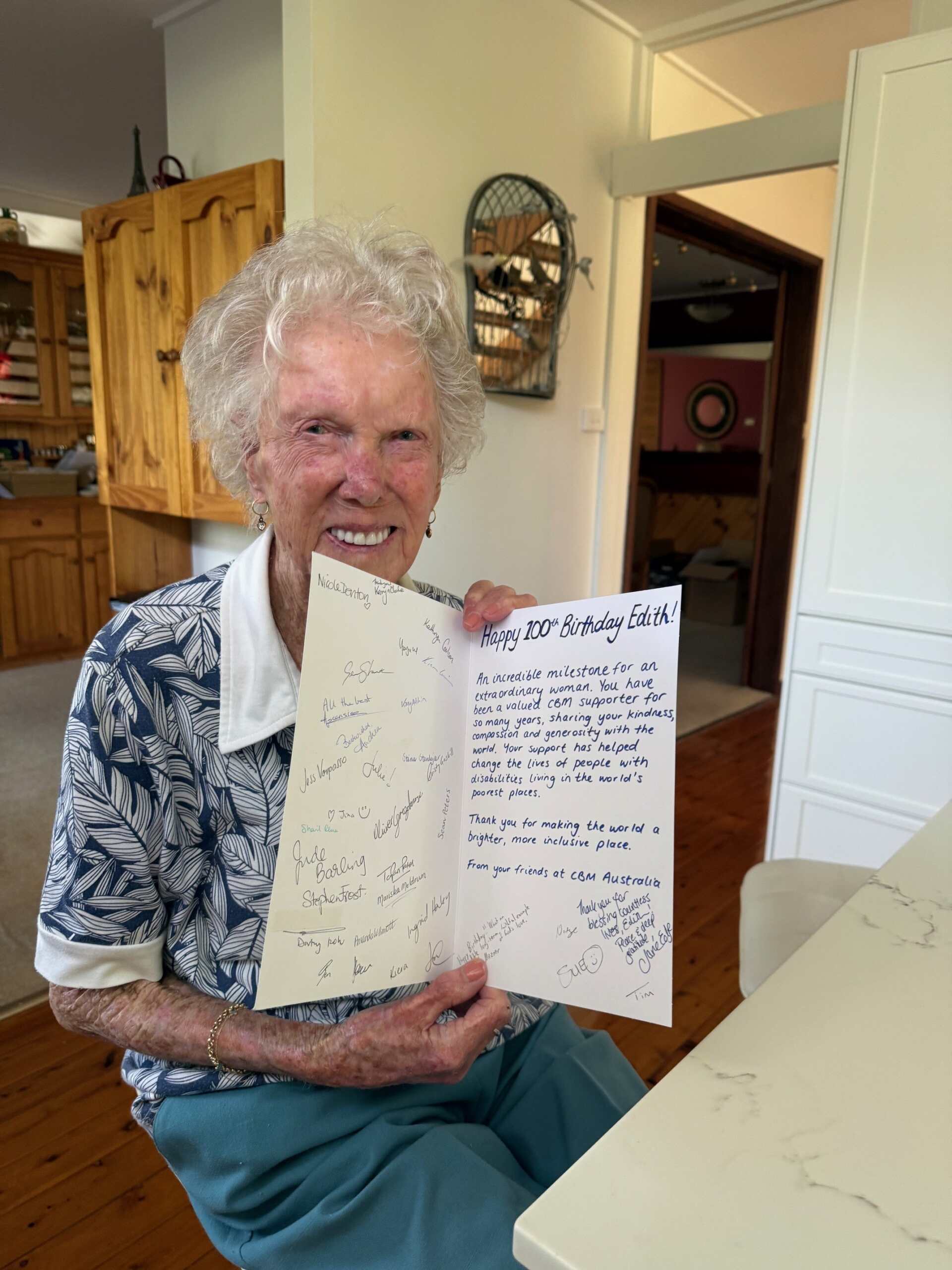Stories of Hope: Sujan
Stories | February 9, 2022
In any disaster event or humanitarian emergency, people with disabilities are at heightened vulnerability.
This is borne out by statistics, which show that people with disabilities are two to four times more likely to be killed in disasters than non-disabled people. It is also observed in the lived experience of Nepalese man Sujan, a member of the local disabled people’s organisation.
“It is vital for persons with disabilities to engage in disaster preparedness activities in order to maintain independence and cope with the consequences of disaster. It is important to be prepared to meet our own basic and personal needs after the disaster as well,” he says.
“We know that disaster has negative repercussions on our basic needs, health and hygiene, education, work opportunities and independence.”
Sujan lives in a community, where floods, landslides, earthquakes and fires are commonplace. The COVID-19 pandemic is a new type of disaster his community is facing.
“People with disability in my community have started to have issues in the maintenance of assistive devices such as crutches, hearing aids, canes, wheelchairs and glasses. Although complete lockdown has been lifted, people still fear accessing health services and that has led to deteriorating health conditions such as muscle weakness, headaches and increased mental health problems.
“For people with chronic illness, accessing daily usage medications remains a challenge.”
Disabled people’s organisations like the one Sujan is involved in play a crucial role in ensuring that people with disabilities are included in all levels of disaster risk planning.
This ultimately means that people with disabilities are not let behind when a disaster strikes, and that communities are more resilient, cohesive and inclusive.
“Disabled people’s organisations represent people with all types of disability, and the involvement of these organisations in disaster preparedness planning and activity helps them express the needs of the disability community amidst disaster, response and rescue efforts,” he says.
“The effectiveness of the disability-inclusive plan and response can be determined only with the direct involvement of persons with disabilities.”
Some of the key factors in ensuring people with disabilities are prepared for a disaster include clear information about how to meet specific needs, such as medications, battery power and assistive devices, as well as clear and effective information on where to receive support at challenging times.
“Information should be accessible for visually impaired persons, the deaf, persons with intellectual disabilities, those with low vision or blindness, those with psychosocial disabilities and so on,” says Sujan.
Disabled people’s organisations have provided vital support to communities during the pandemic, as Sujan explains.
“We have organised assistive devices and a hygiene materials distribution program for local residents, identified by the ward based on socio-economic condition and need. This is one of the safety measures taken by the community in the face of the pandemic.”
Read more stories and reflections in our Prepared to Hope series.
CBM Australia acknowledges the support of the Australian Government through the Australian NGO Cooperation Program (ANCP).
https://www.cbm.org.au/stories/stories-of-hope-sujan
Related Stories

Advent 2025: Preparing the way produces fruit
John the Baptist called people to prepare for God’s presence through repentance and by producing fruit (acts of justice,...

From sports to advocacy – the journey of the Isiolo Umbrella Disability Group
The Promoting Inclusive Delivery of Eye Care (PRIDE) Project is a...

Edith turns 100 – A life of generosity and joy
On Saturday, 4 October, Edith’s family gathered to mark an incredible milestone in style. Surrounded by her children, grandchildren...
